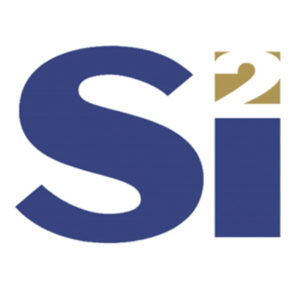The Silicon Integration Initiative Compact Model Coalition has released the Open Model Interface, an Si2 standard, C-language application programming interface that supports SPICE compact model extensions.
OMI allows circuit designers to simulate and analyze such important physical effects as self-heating and aging, and perform extended design optimizations. It is based on TMI2, the TSMC Model Interface, which was donated to Si2 by TSMC in 2014. OMI supports four of CMC’s 13 SPICE models:
- BSIM (Berkeley Short-channel IGFET Model)-BULK, a Bulk MOSFET model that provides excellent accuracy compared to measured data in all regions of operation.
- BSIM-CMG (Common Multi-Gate), a compact model for the class of common multi-gate FETs. All of today’s important Multi-Gate (MG) transistor behaviors are captured by this model.
- HiSIM2 (Hiroshima-university STARC IGFET Model), one of the early adopters of the surface potential model compared to the traditional Vt extraction based models
- BSIM-SOI (Silicon-On-Insulator) a model formulated on top of the BSIM framework which accurately captures the complex physics in silicon-on-insulator devices used in logic and RF applications.
Additional models will continue to be added by the CMC OMI Working Group.
CMC members include semiconductor manufacturers, circuit designers, and simulation tool providers. They pool resources to fund and develop SPICE standard compact models and standard interfaces to promote IC design interoperability. As a publicly available Si2 standard API, OMI can be downloaded at no charge. CMC members have unique access to QA test benches to certify OMI implementation in their software tools.
The public version of OMI, which includes documentation, the API description, and example code is available at http://www.si2.org/cmc
“OMI allows for modeling of device degradation over time, which is referred to as aging, and provides for statistical modeling of process variations,” said John Ellis, Si2 president. “For the most advanced designs, OMI adds to the SPICE flexibility by encapsulating the modeling-layout-dependent efforts of complex structures. New features on top of the SPICE models can be added, such as safe operating area checks.”
Colin Shaw, senior applications engineer at Silvaco and chair of the OMI Working Group, stated, “The effort to create an industry standard involved the contributor, TSMC, along with over 40 individuals from CMC member companies. This new release of OMI expands TMI2’s original capability to support of other key models, and is poised to streamline the designer’s optimization capability, as the ability to modify device parameters is standardized by foundries and simulation tool providers.”
Dr. Peter Lee, director at Micron Memory Japan and CMC chair, said, “As OMI is adopted by foundries and integrated device manufacturers, its benefits and cost-effectiveness will grow. CMC members include leading developers who have committed to aligning their working group efforts with OMI. Through these efforts to increase industry standardization, members have a clear, competitive advantage with access to code and additional resources.”

Leave a Reply